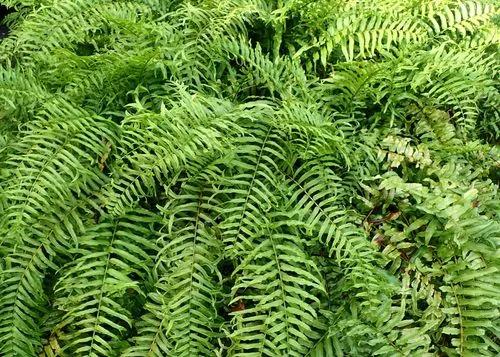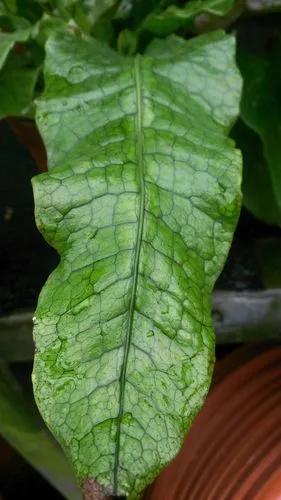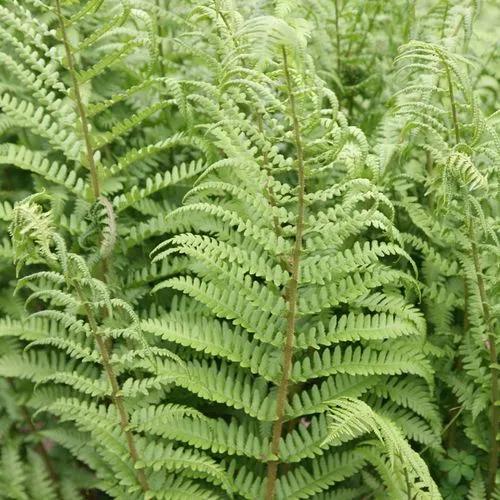Pteris vittata, also known as Chinese brake or ladder Fern, is native to China. It is found in the Southeastern United States including Florida, Louisiana, and Georgia. Brake fern is also found in California. Although brake fern is not on the Federal or State Noxious Weed Lists, it is listed on the Florida Exotic Pest Plant Council’s Invasive Plant List, as of 1999.DescriptionBrake fern bears a close resemblance to swamp fern, Blechnum serrulatum. Swamp and brake ferns can be distinguished by the spore arrangement on the fronds. In brake fern, spores form lines along the edge of each pinna, whereas the spores of swamp fern form lines along the midrib of each pinna. Fronds of brake fern are dark green in color and only once divided, growing generally < 12 inches in a sunny site but > 20 inches in shade. Fertile fronds bear sporangia (spore producing structures) on the underside of fronds. A group of sporangia is referred to as a sorus. Individual sori are often mistaken for fungal pathogens or another type of disease.ImpactsArsenic is a highly toxic heavy metal that is found in herbicides such as MSMA (monosodium-methane-arsonate) and in insecticides such as CCA (chromated copper arsenate), which is used to treat lumber against termites and rot. Pteris vittata is a hyperaccumulator of arsenic. It has been praised for its potential to remediate soils contaminated with arsenic. Even though it has the beneficial quality of being a natural bioaccumulator, it is still considered an invasive plant and should be managed as such.
Chinese Brake Care
Pteris Vittata



How to Care for the Plant

Water

Pteris ferns are not overly demanding when it comes to water, although like most ferns they do require ample humidity. For best results, mist your winter plants daily.

Fertilizer

Feed with a weak liquid fertilizer throughout the growing season.

Sunlight

They prefer bright, filtered light throughout the summer months when they are actively growing. During the winter months, try to provide as much light as possible, short of direct mid-day sunlight. Although there are some deciduous varieties, the most commonly grown are evergreen and should not drop leaves during the winter.

Soil

Any good, fast-draining potting soil will likely do.

Temperature

Minimum cold hardiness:Zone 8a -12.2 °C (10 °F) to -9.4 °C (15 °F)

Popularity

275 people already have this plant 47 people have added this plant to their wishlists
Discover more plants with the list below
Popular articles






